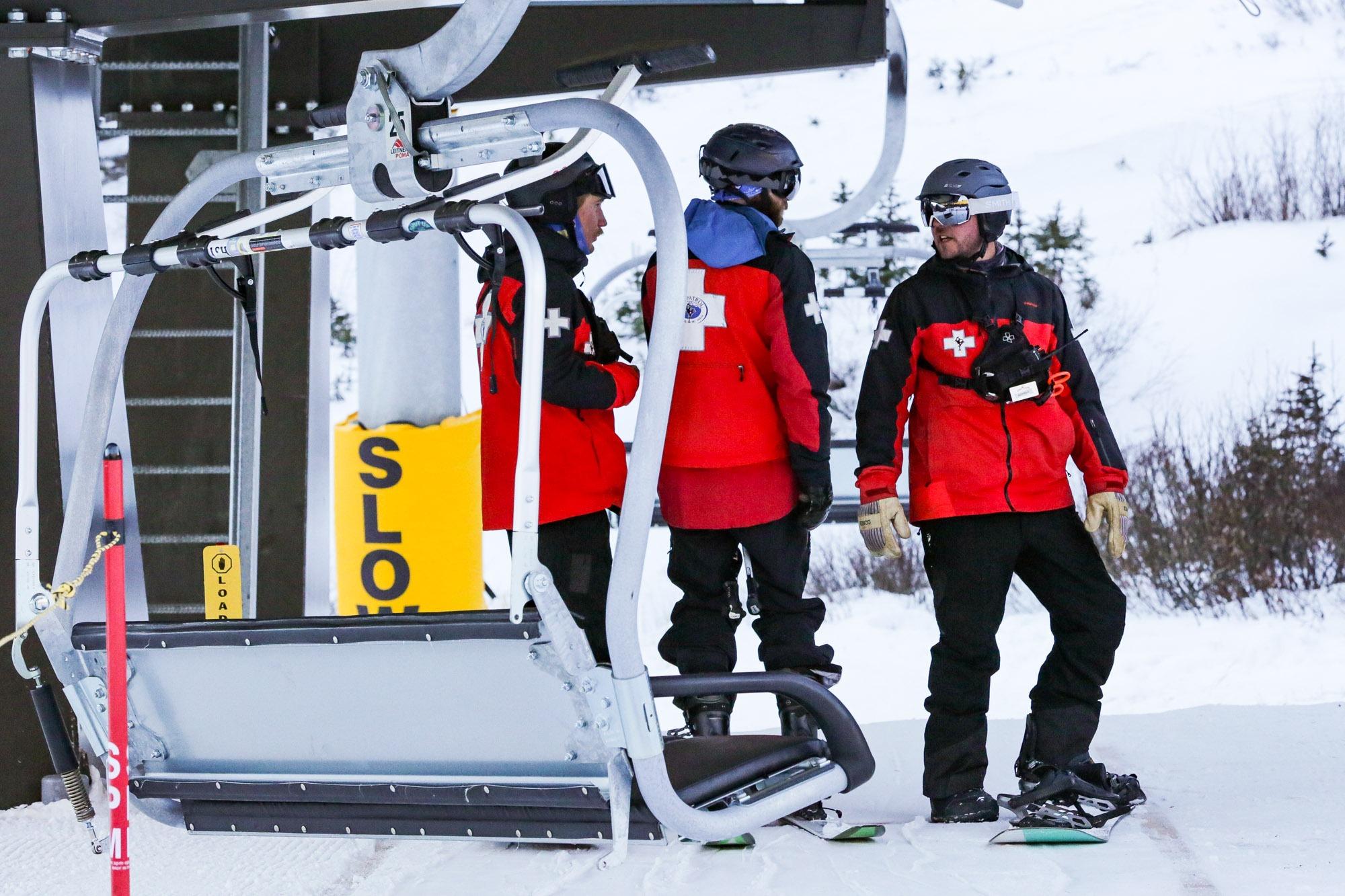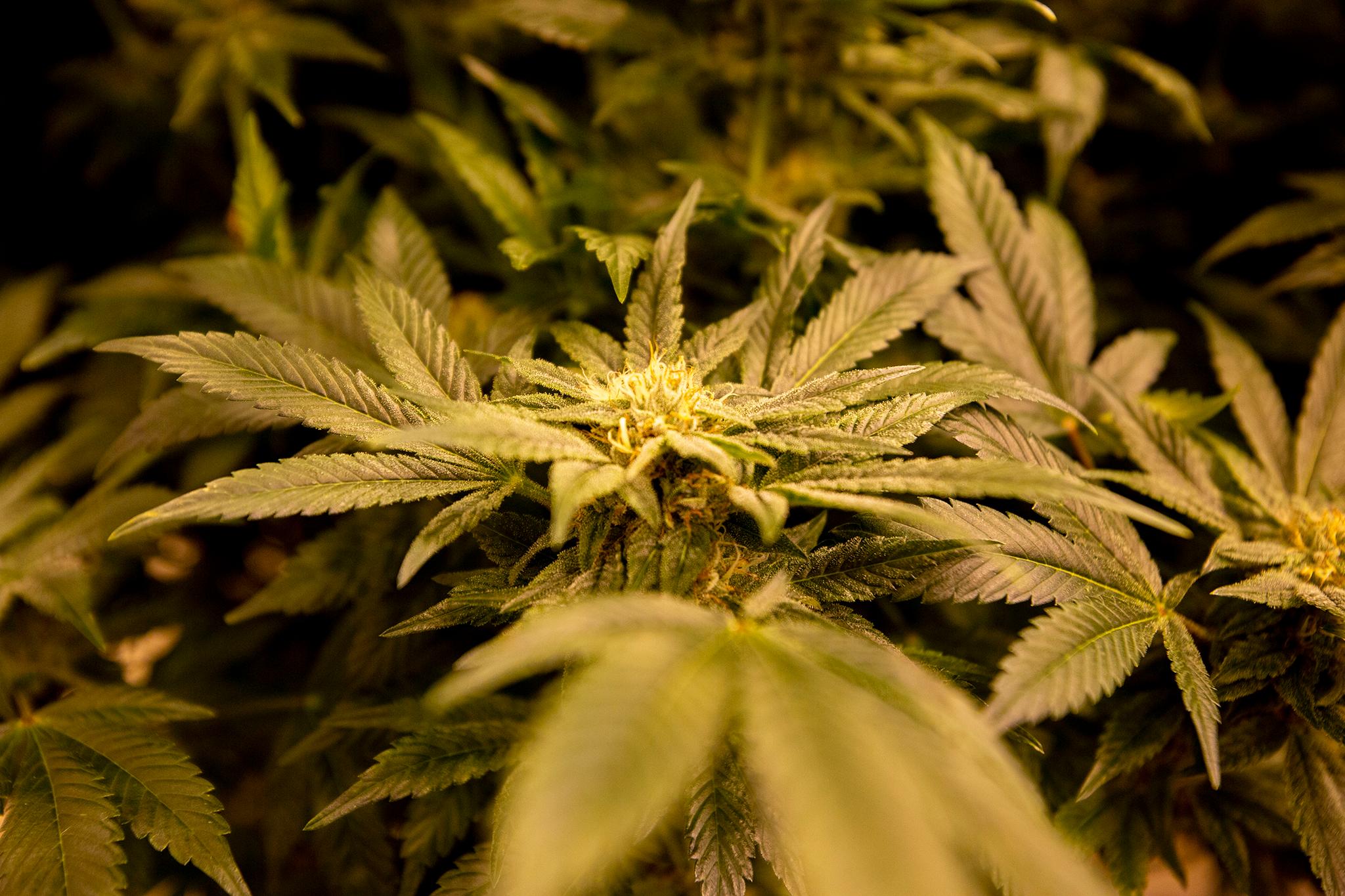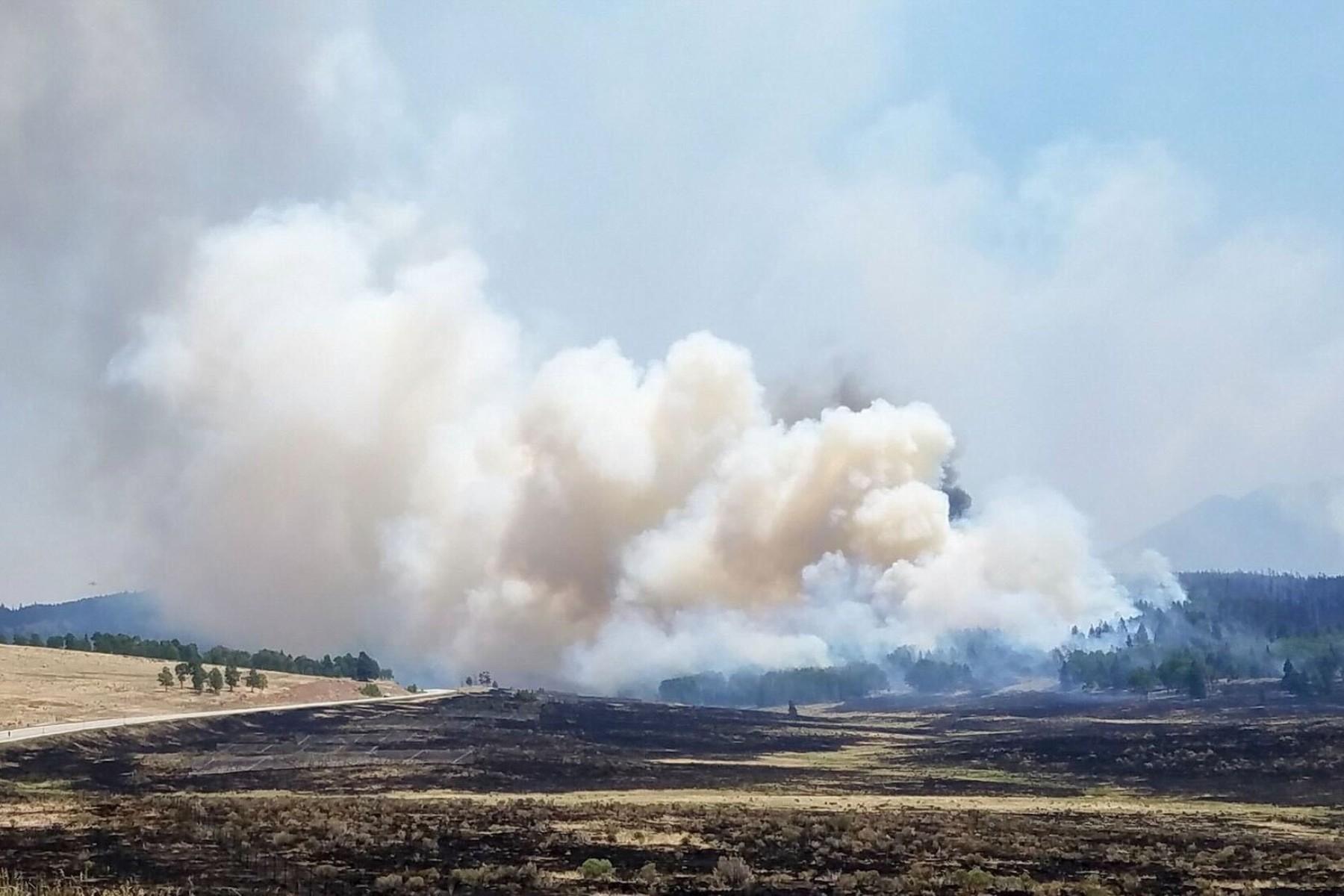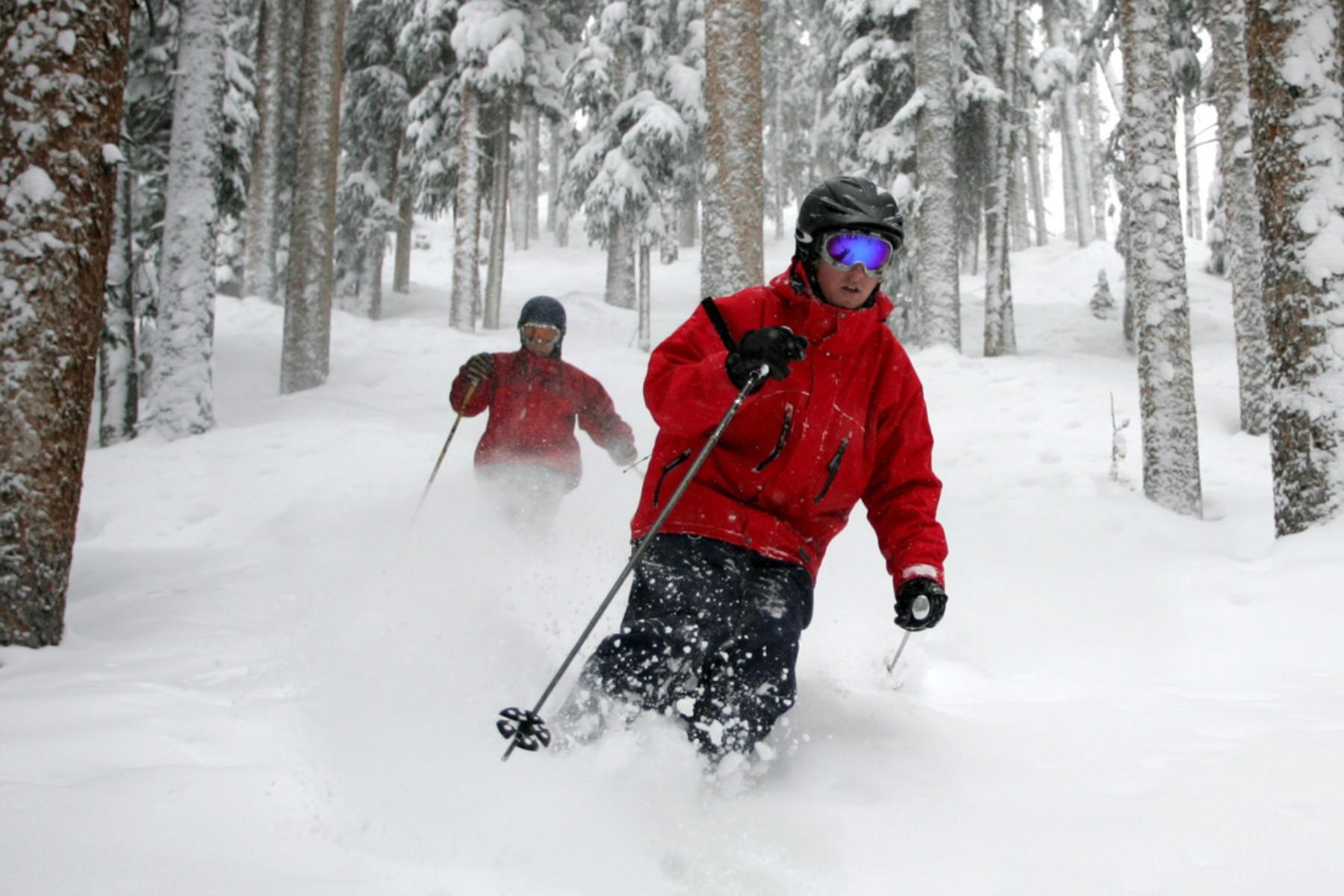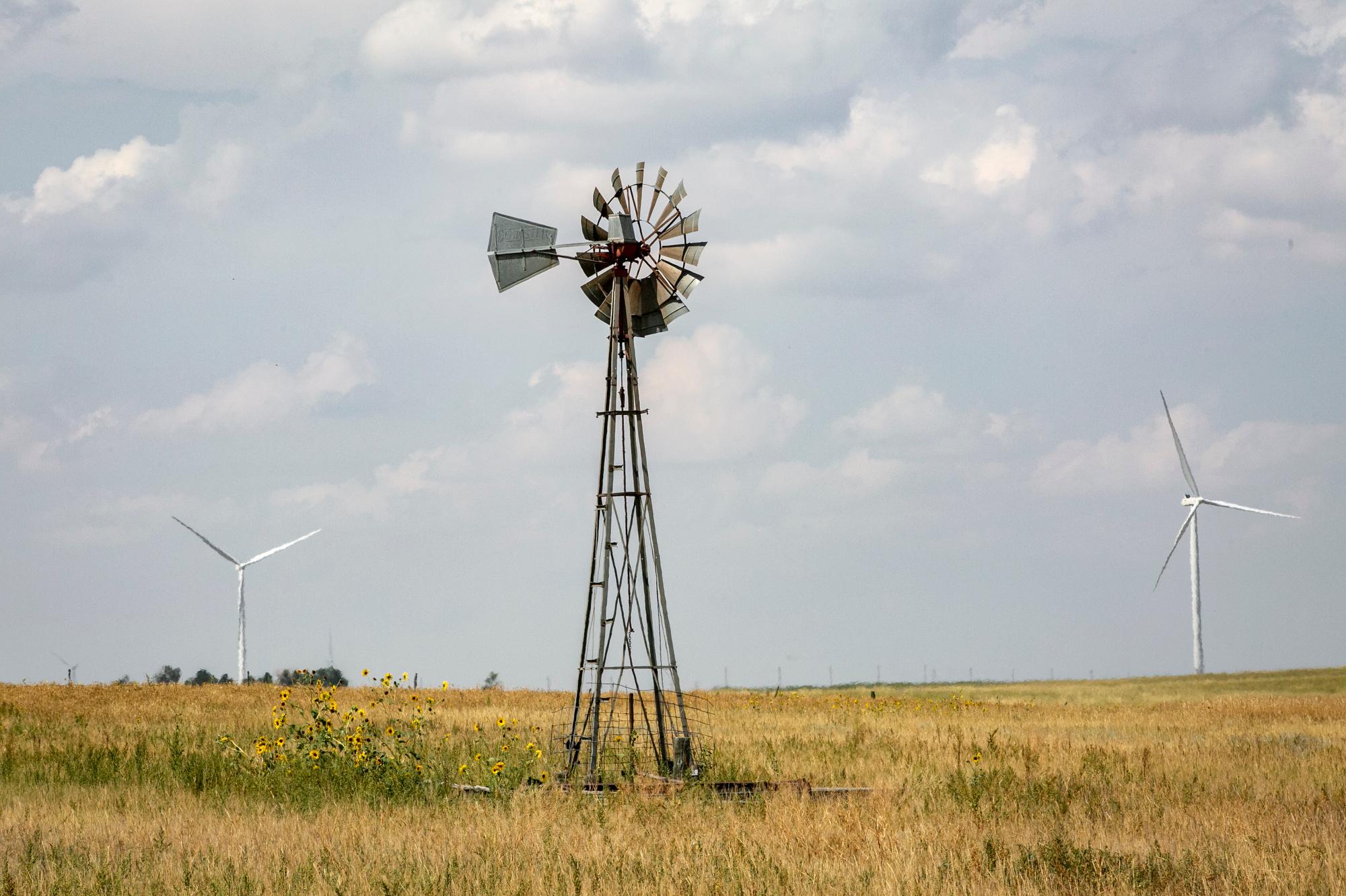
Pockets of Colorado remain in drought as federal forecasters expect an unusually hot and dry summer, which could lead to an uptick in fire activity, according to data from the National Integrated Drought Information System.
The data, released May 20, show that drought conditions across Colorado, Utah, New Mexico, Arizona and Wyoming have worsened over the last two months, driven by a warm dry spring. Nearly all of Arizona is experiencing some form of drought; Utah declared a drought emergency in late April for over a dozen counties.
In Colorado, high temperatures in April and May rapidly melted snow in the mountains, pushing the state’s snowpack levels to well below normal, compared to past years. Coupled with below-average precipitation in April, summer water supplies in the Colorado River basin are expected to decline, according to data from NOAA stations. Water supply forecasts are also declining through June for the Rio Grande basin.
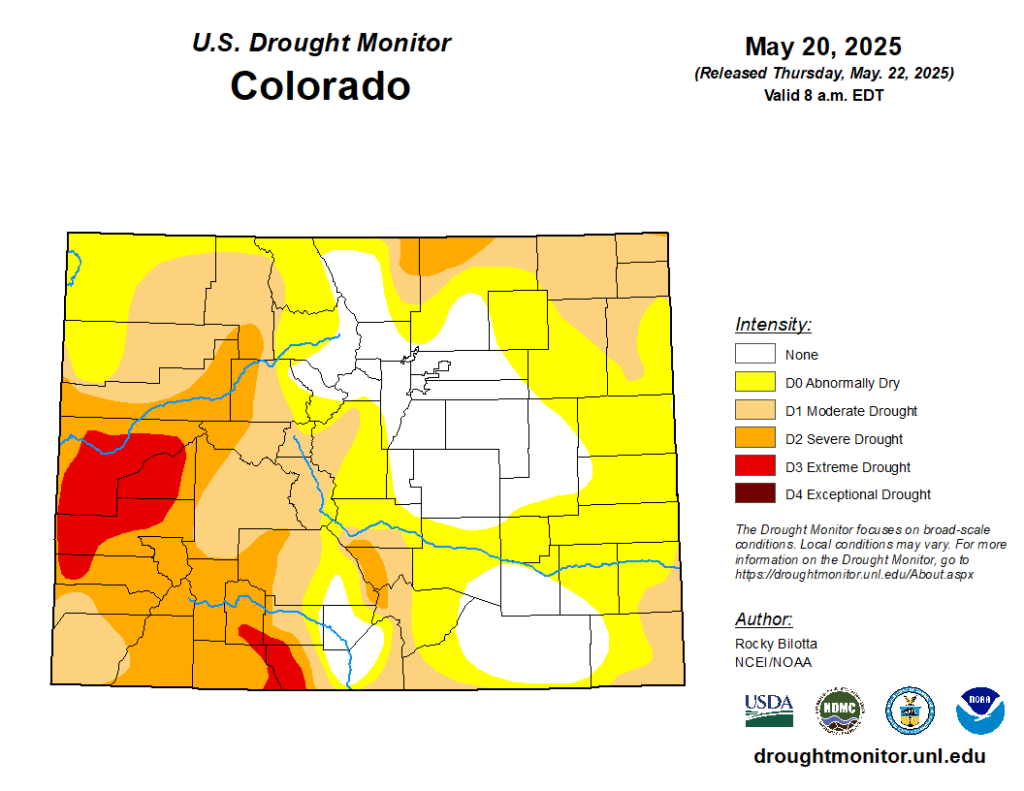
“West of the Continental Divide, the mountain snowpack and water supply situation has gone from bad to worse in the last few weeks,” wrote Russ Schumacher, the state climatologist and a Colorado State University professor, in a “Colorado Climate Blog” post dated May 15.
The two largest, most important reservoirs on the Colorado River – Lake Powell and Lake Mead – are sitting at less than a third of their total storage capacity, according to data from the U.S. Bureau of Reclamation.
Federal forecasts indicate that hotter-than-normal temperatures will likely continue through the summer in Colorado. That means that drought conditions, particularly on the Western Slope, will likely get worse.
There may be some relief – federal data indicate that there may be an above-average monsoon season from July - September in the Southwest. If that forecast pans out, those summer rainstorms could ease the state’s drought and tamp down wildfire risk.
Rapidly melting snowpack could increase fire risk
Spring snowmelt is expected after winter months, but how quickly snow melted this year in Colorado is “not normal,” according to federal data. Rapid snowmelt is a harbinger for decreased water supplies and increased wildfire risk.
Cooler conditions melt snow slowly, allowing water to gradually flow into streams, reservoirs and soil during warmer months.
Hot, dry conditions, on the other hand, can cause snow to “sublimate” – or turn into water vapor, instead of liquid water. That can reduce how much water flows into soil, rivers and downstream reservoirs, straining water supplies in the summer.
Rapidly melting snow can also cause unexpected flooding or other impacts – in early May, rain combined with fast-melting snow contributed to an emergency in Manitou Springs by carrying too much sediment into a water treatment facility.
Nearly all Western river basins are currently experiencing some level of “snow drought,” which indicates unusually low snowpack levels compared to the same period in previous years. In some Colorado basins, the levels are particularly stark.
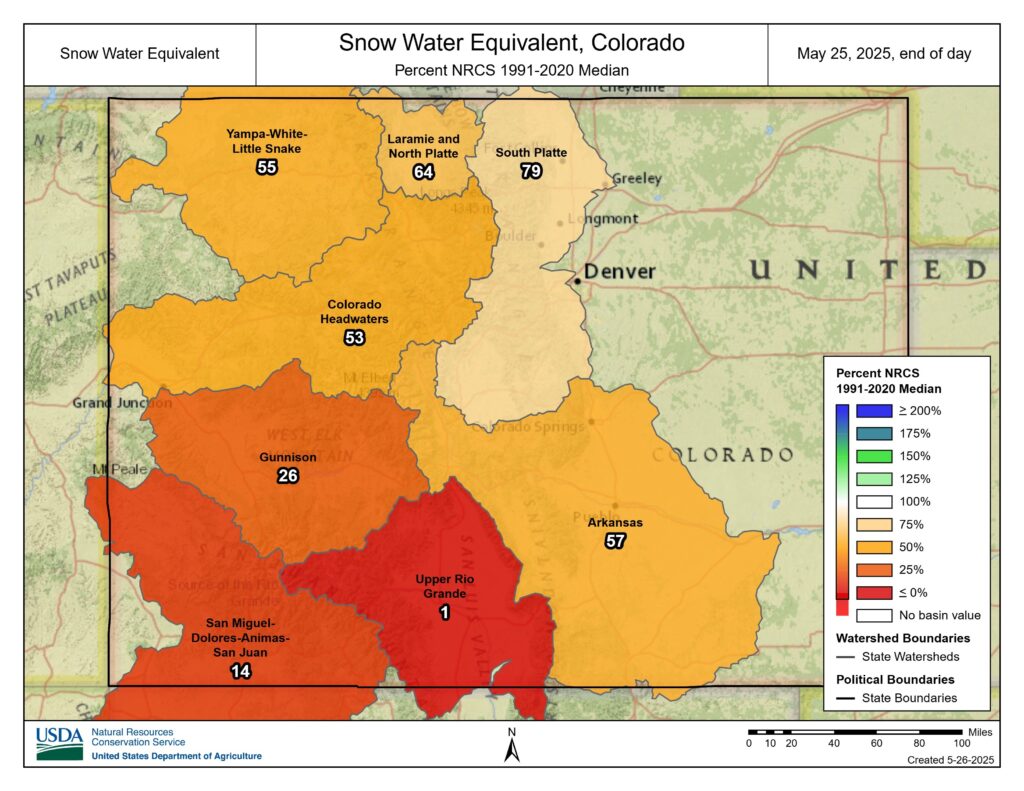
As of May 25, the Upper Rio Grande River basin is at just 1 percent of its median “snow water equivalent” compared to previous years. Snow water equivalent (SWE) measures how much liquid water is stored in the snow, which is then used to estimate water available in the basin's runoff for agricultural and recreational purposes.
Less than a month ago, the basin was at 21 percent SWE. The Gunnison and Upper San Juan basins are also in dire conditions, according to federal data.
An area that’s seen rapid snowmelt in early spring could also have dried-out vegetation by summer, which can fuel wildfires. Southwest Colorado is expected to see above normal wildfire potential in June, according to the National Interagency Fire Center.
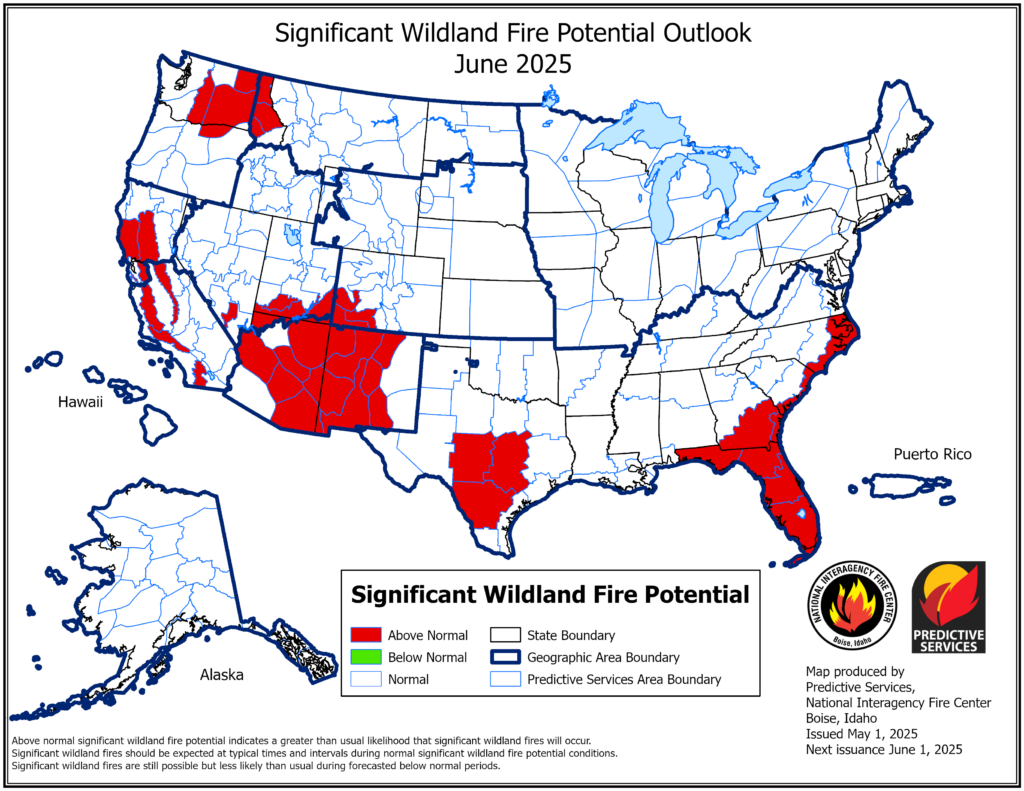
According to a statewide annual wildfire outlook released in April, the state expects a “normal” fire season this year – which still translates into roughly 6,000 wildfires statewide. Officials also expect fire risk to spike in the southwest pocket of the state in June, while fire conditions across Colorado will likely return to normal by July.

